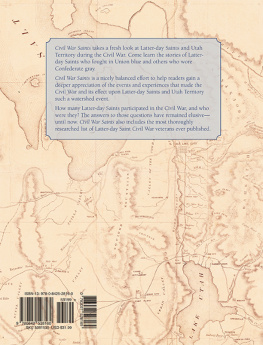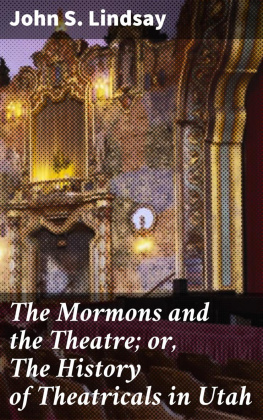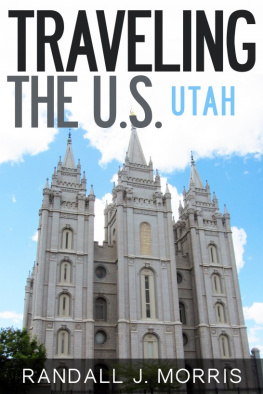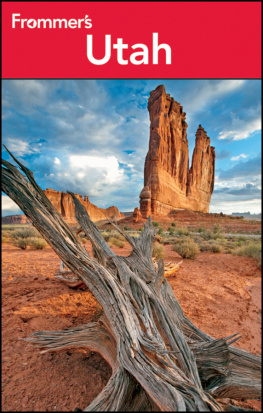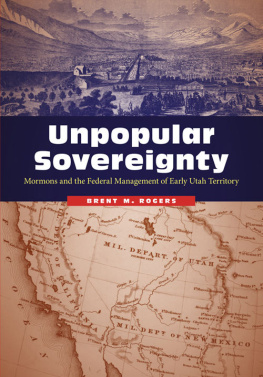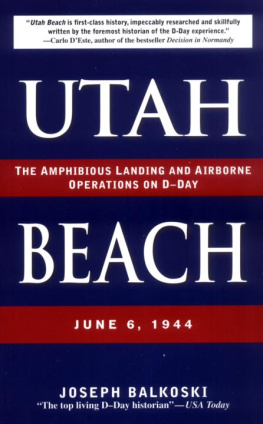Civil War Saints
Kenneth L. Alford
2012 Brigham Young University.
Any uses of this material beyond those allowed by the exemptions in U.S. copyright law, such as section 107, Fair Use, and section 108, Library Copying, require the written permission of the publisher, Religious Studies Center, 167 HGB, Brigham Young University, Provo, Utah 84602. The views expressed herein are the responsibility of the authors and do not necessarily represent the position of Brigham Young University or the Religious Studies Center.
Front cover image: Plan of the Gettysburg Battle Ground, by Charles Wellington Reed, 1864. (Library of Congress)
Front cover image (inset): Gallant Charge of the Sixty-Ninth Regiment, New York, State Militia, upon a rebel battery at the Battle of Bull Run, Harpers Weekly, August 10, 1861.
Back cover image: Preliminary map of routes reconnoitred [sic] and opened in the Territory of Utah / by Captain J. H. Simpson... under the orders of Brigadier General, A. D. [sic] Johnston, commanding the Department of Utah, U.S. Army Corps of Engineers. (L. Tom Perry Special Collections, Brigham Young University)
Library of Congress Cataloging-in-Publication Data
Civil War Saints / Kenneth L. Alford.
pages cm
Summary: Collection of essays and articles about the US Civil War, with a focus on, but not limited to, people who were either members or later became members of The Church of Jesus Christ of Latter-day Saints. Topics include historical facts about actual events, people, landmarks, and stories; most of which are connected to the US Civil War.
Includes bibliographical references and index.
ISBN 978-0-8425-2816-0 (hard cover : alk. paper)
1. MormonsUnited StatesHistory19th century. 2. United StatesHistoryCivil War, 18611865. 3. UtahHistory19th century. I. Alford, Kenneth L., 1955, editor.
BX8611.C59 2012
289.3'7309034dc23
2012014397
Introduction
Latter-day Saints and the Civil War
Kenneth L. Alford
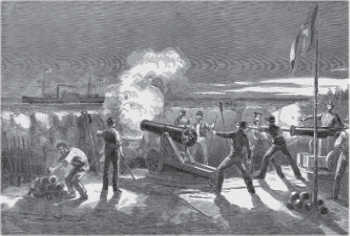
This woodcut from the January 26, 1861, issue of Harpers Weekly shows Confederate artillery firing on the Star of the West at Charleston, South Carolina, on January 9, 1861. (Harpers Weekly)
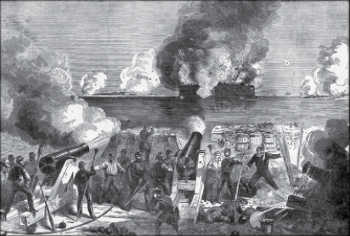
As illustrated in this April 27, 1861, woodcut, the bombardment of Fort Sumter in Charleston Harbor during April 1861 is considered by many as the formal beginning of the Civil War. (Library of Congress)
The Civil War had a deep and lasting effect on the United States. In many ways it shaped the nation that Americans live in today. Although Utah Territory was physically removed from the wars battlefields and the resulting devastation, the Civil War also had a deep impact on the territory and its inhabitants. To a large extent, though, Utah Territory watched the war from the sidelinesproviding only one active-duty military unit for ninety days of federal service guarding a portion of the Overland Trail. Latter-day Saints who lived outside of Utah were often more directly and deeply influenced by the course of the war.
The genesis of this volume was the sesquicentennial of the Civil War, especially the 150th anniversary of the active federal service of Captain Lot Smiths Utah Cavalry company. Previous histories, especially Margaret Fishers 1929 book Utah and the Civil War and E. B. Longs The Saints and the Union in 1981, have addressed Utah Territory and the Civil War. The purpose of this book is to take a fresh look at several aspects of the intersection between Latter-day Saints, Utah Territory, and the Civil War.
In December 1860, a few months before Abraham Lincoln was inaugurated as the sixteenth president of the United States, delegates from the state of South Carolina met in Charleston to draft an Ordinance of Secession. They appealed to the Supreme Judge of the world for the rectitude of our intentions and declared that the Union heretofore existing between this State and the other States of North America, is dissolved, and that the State of South Carolina has resumed her position among the nations of the world, as a separate and independent State. The primary reason they gave to justify secession was the increasing hostility on the part of the non-slaveholding States to the Institution of Slavery.
It is generally accepted that Civil War hostilities began on April 12, 1861, when Confederate forces fired upon Fort Sumter in Charleston Harbor. The opening artillery rounds of the Civil War were actually fired, though, on January 9, 1861, when a Confederate artillery battery in Charleston Harbor opened fire on the USS Star of the West, a ship sent to resupply the Union garrison stationed at Fort Sumter.
As an example of the many personal and family dramas that would play out during the next four years, the commander of the Confederate artillery battery that shelled Fort Sumter was P. G. T. Beauregard, a West Point graduate who served as superintendent at the United States Military Academy for just five days in 1861 before being asked to resign because of his well-known Southern sympathies. Beauregards antagonist commanding Fort Sumter was Major Robert Anderson. Ironically, Anderson had been Beauregards artillery instructor when Beauregard was a West Point cadet, and the two officers knew each other well.
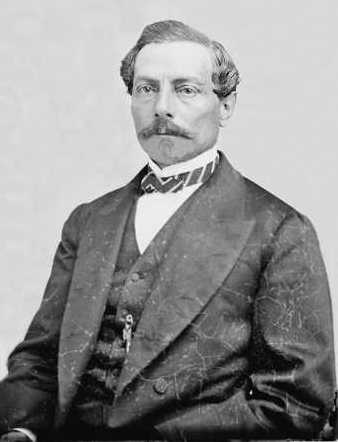
Confederate General P.G.T. Beauregard commanded the Confederate artillery battery that fired upon Fort Sumter in April 1861. (Library of Congress)
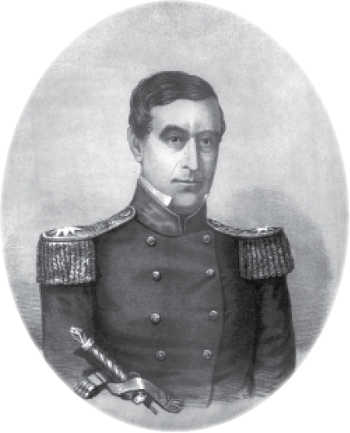
Major Robert Anderson commanded Union forces garrisoned on Fort Sumter. He had been P.G.T. Beauregards artillery instructor at West Point. (Library of Congress)
Two months after Fort Sumter was attacked, on July 22, 1861, the U.S. House of Representatives adopted the following resolution that officially recognized that a civil war existed between the Northern and Southern states:
Resolved by the House of Representatives of the Congress of the United States, That the present deplorable civil war has been forced upon the country by the dis-unionists of the Southern States now in revolt against the constitutional Government and in arms around the capital; that in this national emergency Congress, banishing all feelings of mere passion or resentment, will recollect only its duty to the whole country that this war is not waged upon our part in any spirit of oppression[,] nor for any purpose of conquest or subjugation, nor purpose of overthrowing or interfering with the rights or established institutions of those States, but to defend and maintain the supremacy of the Constitution and to preserve the Union, with all the dignity, equality, and rights of the several States unimpaired; and that as soon as these objects are accomplished the war ought to cease.
Three days later, on July 25, 1861, the Senate adopted a similar resolution.
It is likewise generally accepted that the Civil War ended on April 9, 1865, when General Robert E. Lee surrendered to General Ulysses S. Grant at Appomattox, Virginia. Lees surrender was a major turning point in the war, and it clearly marked the beginning of the wars end, but General Lee actually only surrendered the Army of Northern Virginia. It took over two months for the remaining Confederate armies to surrender to Union forces. The Cherokee general Stand Watie surrendered the final Confederate forces at Fort Towson in the Indian Territory (today Oklahoma) on June 23, 1865.

